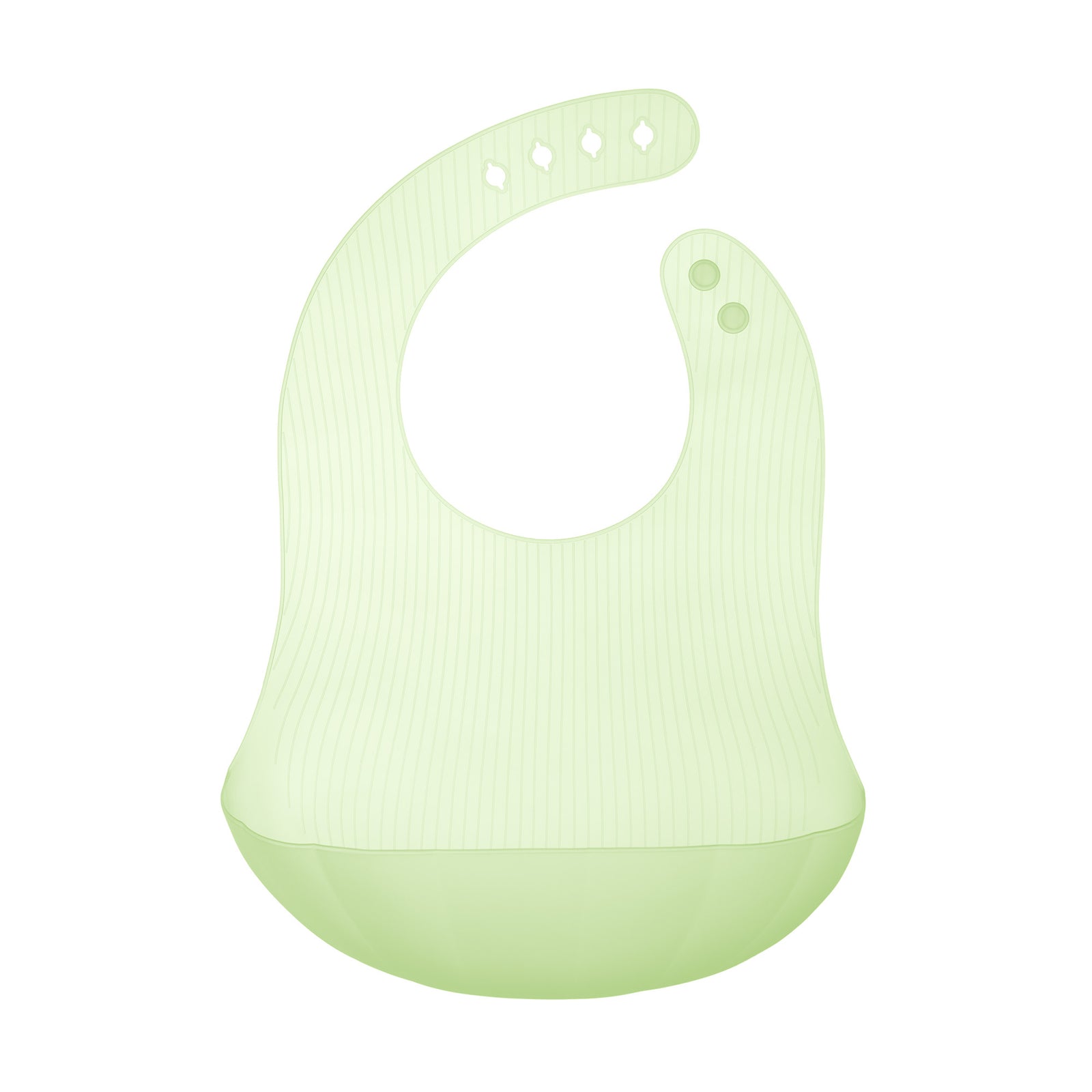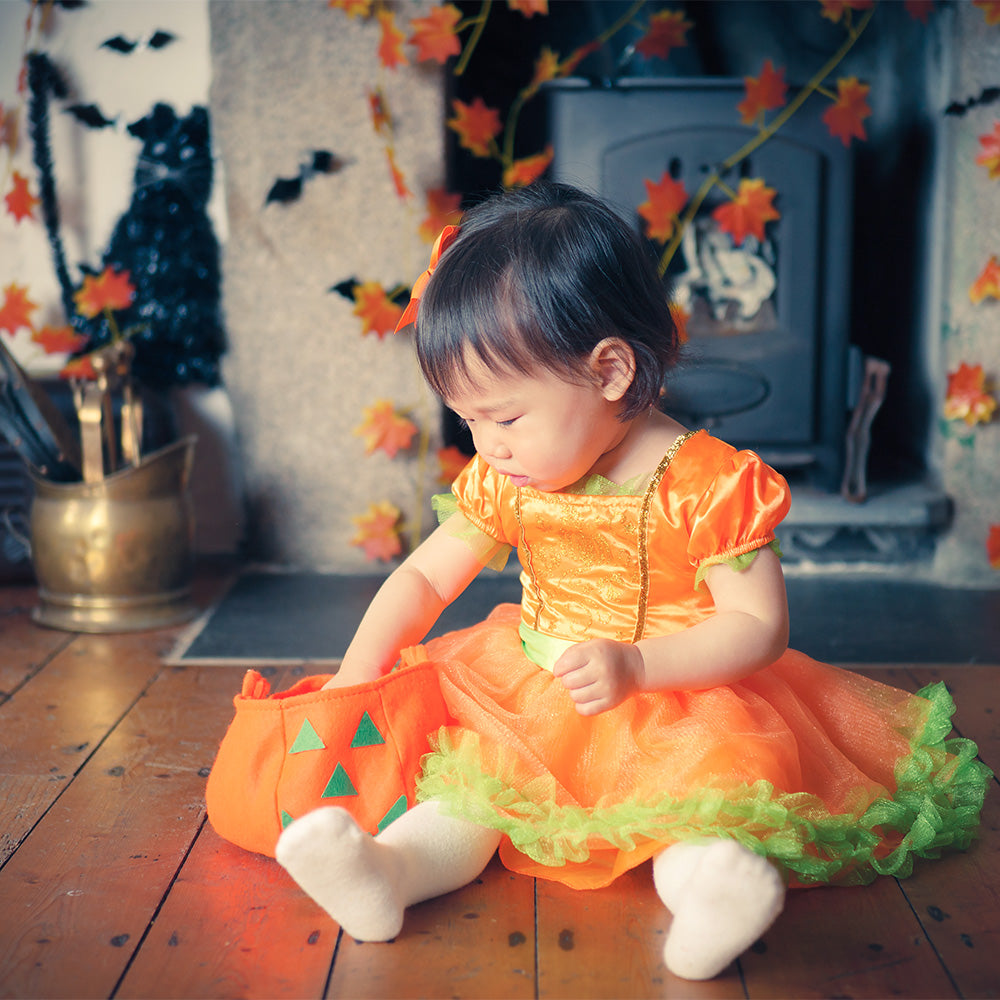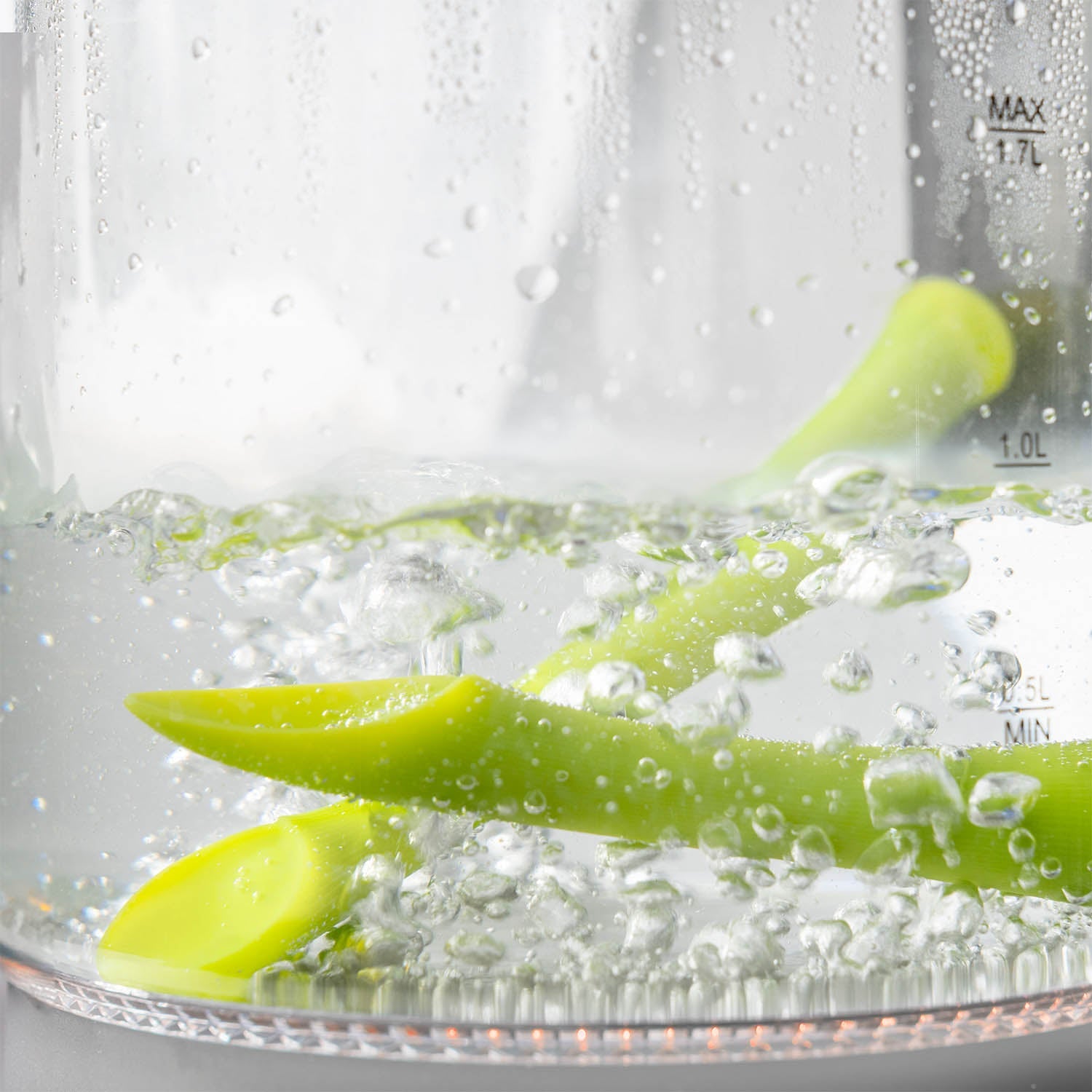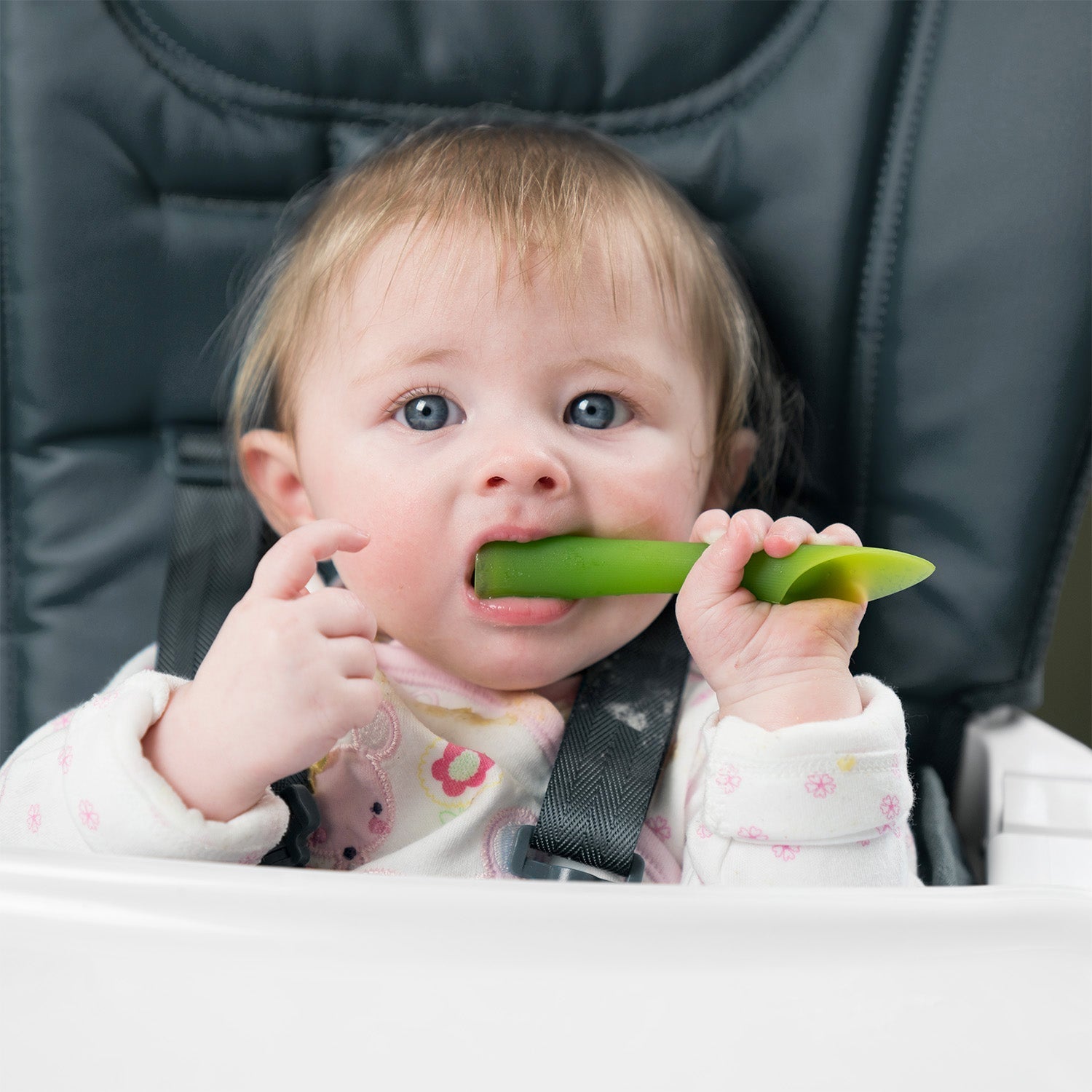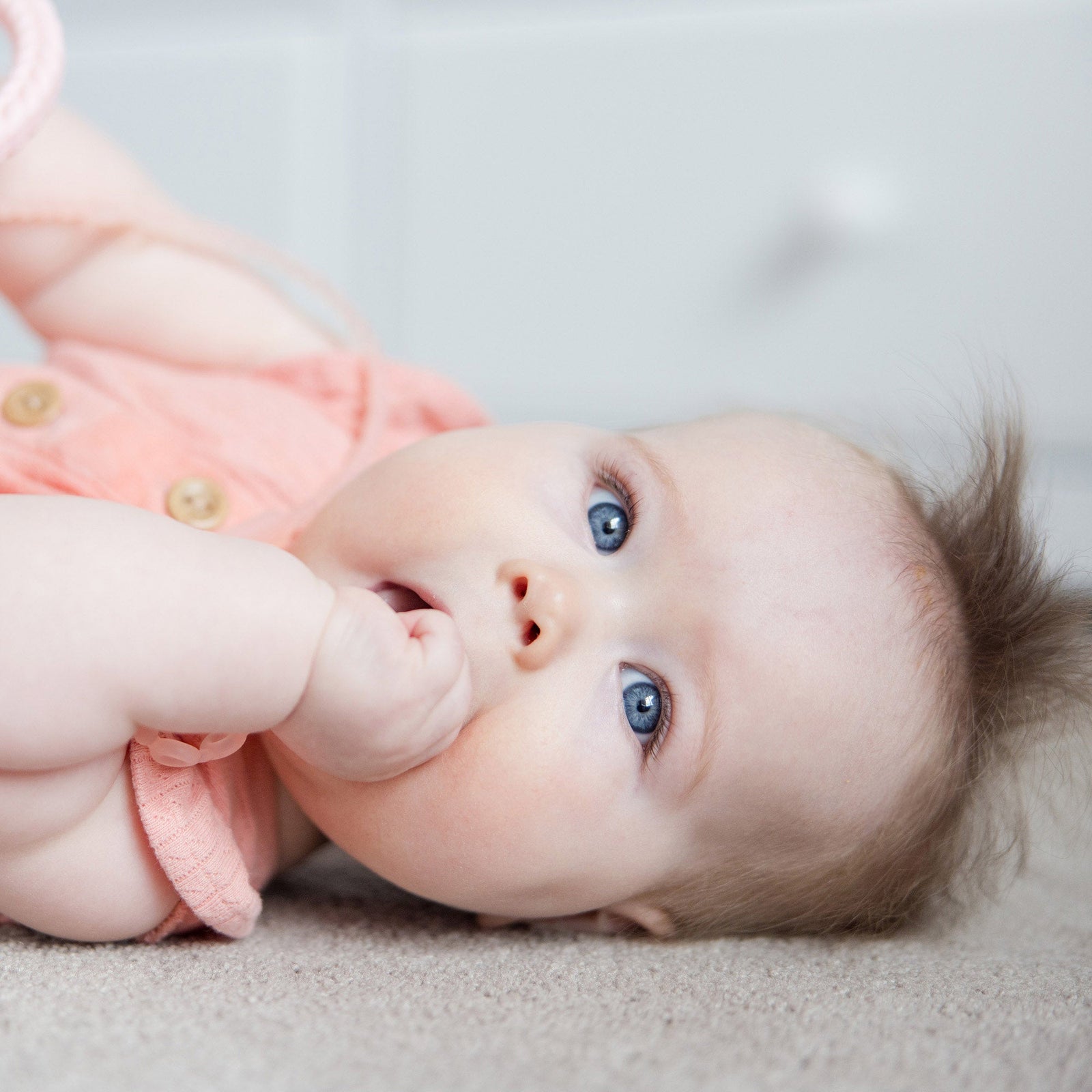Halloween is coming and I am sure all the thoughts are rolling around in your head about how to handle the influx of candy that is about to make it’s way into your home.
I am sure there is a myriad of worry, guilt, confusion, excitement and maybe even some fear creeping in right now.
Added sugar, especially those found in foods like candy or desserts should be limited until at least 2 years of age. This is also the age they start to understand and feel restriction. So this article is really aimed at children over the age of 2.
As a registered dietitian and picky eating specialist I get asked all the time how to handle desserts with toddlers or young children. Sometimes these questions are about ice cream runs with the family, cake at birthday parties, fruit snacks or the occasional dessert at grandmas house but my inbox gets especially flooded around holidays asking about how to handle the influx of candy in the home.
Do I toss it out when they’re not looking? Let them go ham for one day? Give them one piece a day until it runs out? Or just ignore it and hope it goes away?
So many questions come up this time of year.
First and foremost my recommendations come from a view point of wanting to teach mamas how to raise healthy, happy and independent eaters. My goal is to always teach parents how to lead their child to listening to their own body and not eating for anyone’s else’s benefit or approval.
We all want our kids to be “healthy” but healthy has one million definitions when one million people are asked! So what do we do? We can focus on letting our children develop a healthy relationship to food, we can lead by example, we can choose to parent around the table in a very different way than we were raised. It just takes time, commitment and trust.
When it comes to desserts (including halloween candy) I recommend serving them right alongside a balanced plate. We do not want to elevate the dessert making it feel “special” or put on a pedestal. We also do not want to encourage them to eat past fullness because a dessert is presented. We want them to look at the food they have been offered and eat until they’re satisfied.
Nothing changes around Halloween. As the parent you get to decide what foods get served, when and where. Your child gets to decide what (of the food that’s offered) they eat and how much.
The goal here is to not make them feel like candy is restricted or a big deal. We want to normalize candy or desserts so that they don’t go crazy when presented with it as an option.
Obviously nutritionally candy isn’t the ideal food for our children to eat. It shouldn’t be the only food we are offering. When we look longterm we see that the foods we restrict or put on a pedestal are the exact same foods they become hyper-focused on.
We want to have a plan for Halloween and for desserts in general. Head to my Instagram @mama.and.me_RD in order to learn more about my philosophy around desserts in the home on the daily but below I’ve outlined some important tips that will help you this Halloween.
So when it comes to the day of Halloween here are my tips for success:
- Serve balanced meals throughout the day and before trick-or-treating
- Serve your meals as close to your normal schedule as possible/
- Decide on what you will do with the candy and how you will serve it before it comes into your home, make a plan and share it with any other caregivers
- When you are allowing candy at the meal give them easy choices. For example: “would you like this twix bar or this sucker with your dinner”
- Expert tip: chocolate candies are typically a little more filling because they usually include protein, carbohydrates and fat compared to a sugar only candy that is 100% carbohydrates
- Depending on age let them know where the candy will be stored so they don’t feel like it’s being hidden or restricted, also let them in on the plan for how you will serve it
- Example “I am going to leave your candy right here inside the pantry so we can have a few pieces with our lunch tomorrow”
- Make sure to do a parent sweet of the candy to remove any unsafe pieces that have been opened, or are a choking hazard for your little ones
Get in the habit of validating their want for candy but standing firm in the plan you’ve made. If you’ve decided to serve the candy with snack the next day and they ask for it first thing in the morning try responding with something like this: “Oh that sounds delicious, I know you want candy right now. It’s not on the menu for breakfast for but this afternoon we will have some together with our snack.” Try focusing on the excitement of spending time together at the mealtime rather than the candy itself.
It’s important to be in control and confident in the plan you’ve made. Remember you are in charge of what goes on the plate when. When you do allow choices do so in a small way. Let them decide between two choices you’re already ok with and don’t overwhelm them with open ended questions, especially for small children.
Work on using the candy to your advantage, make a math activity out of it, try sorting by size, color or shape. Also try having a tasting session and letting them decide which candies are worth keeping. Let them decide if they enjoy it or not. When they do, save those pieces, and when they don’t, recommend they toss them out.
Try not to just toss the candy without their permission, or at least wait until it’s become boring to them to have in the house before you toss it. Try getting them involved in the decision on how to use up the excess candy. Consider donating it to a local fire station, making care packages for your neighbors, mixing it into a monster cookie recipe, bake and pass out at school or church. You can also freeze some of the candy and pull out small amounts every so often to serve with balanced meals.
I know it can be overwhelming to allow candy on the plate but the more often we normalize it and take away the excitement the more they will pay attention to the other foods on their plate. Of course I don’t know if the excitement of Halloween will ever completely dissipate but having a child who doesn’t obsess about candy year round is the goal!
Hope these tips were helpful and hope you have a very Happy (and safe!) Halloween!


